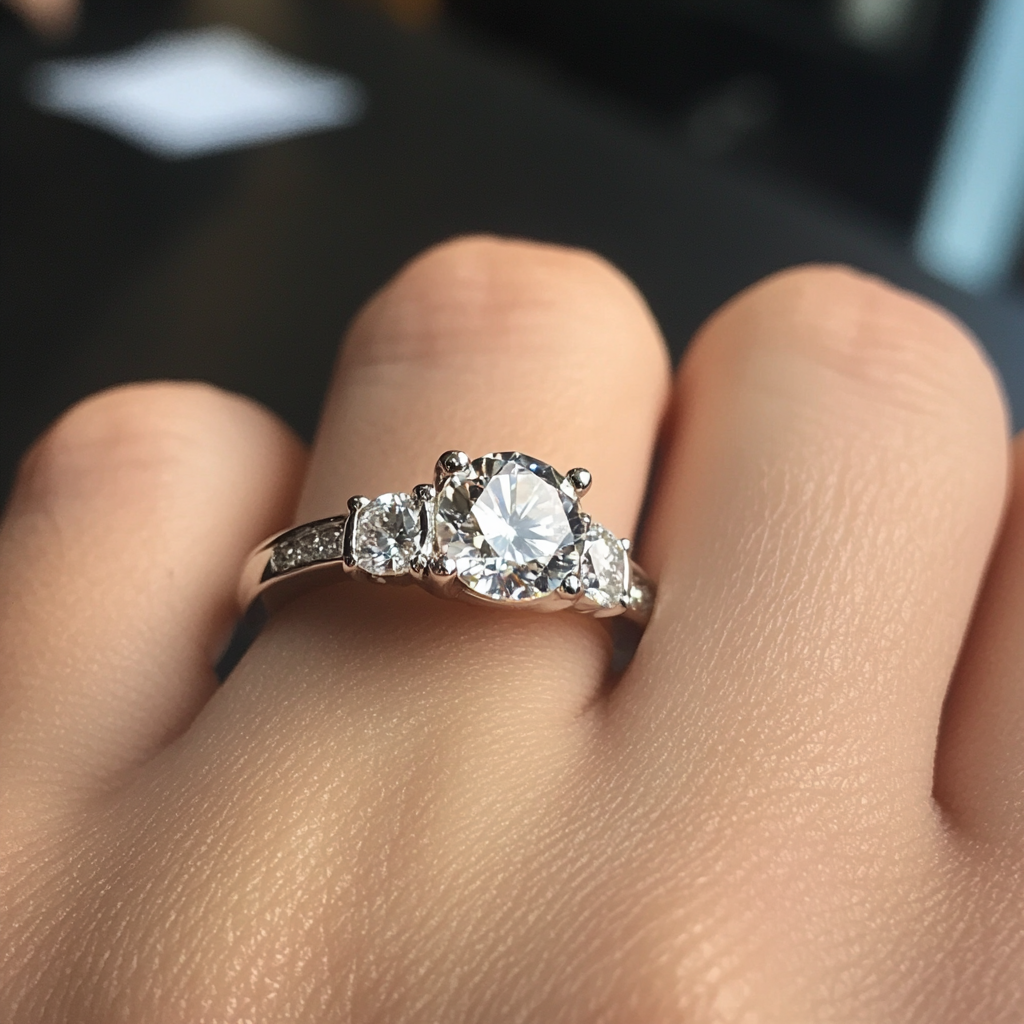- Joined
- Sep 2, 2002
- Messages
- 2,859
No need to be afraid, Valeria. I was just toying with John, but I would never dare do that to you.Date: 2/9/2005 6:32:30 AM
Author: valeria101
I am affraid I''ll ask for some clarification again...
The picture aparently tells me that less than the 5% approximation admissible by GIA standard is enough to make the difference between H&A and not-quite H&A. Is either of the new cut grading standards (GIA and new AGS) attempting to grade H&A ?
H&A will not be graded by either GIA, or AGS. Within AGS'' grading, a lot of weight is put however on a pleasantly distributed contrast-pattern, of which well-formed ''Arrows'' is an example.
Live long,












300x240.png)